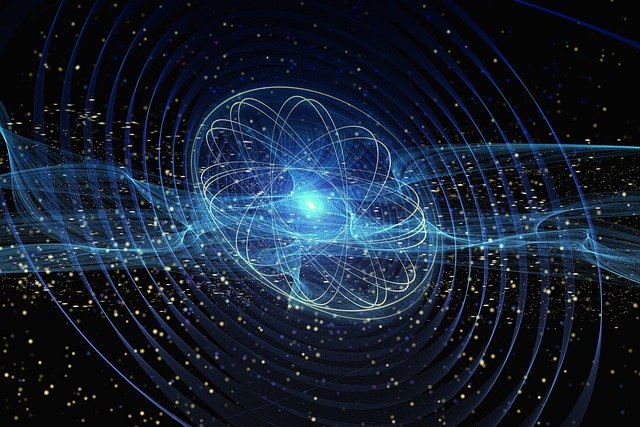How can artificial intelligence enhance abdominal imaging? – AuntMinnie Europe
Dr. Francesco Sardanelli.
In abdominal imaging, AI can assist in detection of lesions, organs, and regions; diagnosis and classification of lesions and exams; and prognostication for treatment and patient outcome, said Dr. Francesco Sardanelli, professor of radiology at the University of Milan in Italy.
“I think that one of the most important future jobs that we can …….

Dr. Francesco Sardanelli.
In abdominal imaging, AI can assist in detection of lesions, organs, and regions; diagnosis and classification of lesions and exams; and prognostication for treatment and patient outcome, said Dr. Francesco Sardanelli, professor of radiology at the University of Milan in Italy.
“I think that one of the most important future jobs that we can do with AI is to be a prognostication,” he said during a special session held during the recent ECR Overture.
Radiologists and data scientists need to work together to solve issues with AI and develop applications that address clinical needs, Sardanelli said.
“Radiologists who will take advantage of AI will replace the ones who refuse this crucial challenge,” he noted. “Data scientists who will be guided by radiologists will replace the ones who refuse this crucial interaction.”
Which tools to use?
Multiple AI software tools are available now to assist abdominal radiologists in their workflow, according to Joost van Griethuysen, PhD, of the Netherlands Cancer Institute in Amsterdam.
Joost van Griethuysen.
“They have different uses and different outputs, but all are intended to support a radiologist to do more and do more with higher efficiency,” he said.
Algomedica’s PixelShine software enables lower radiation dose to be used in CT exams, for example. Prostate imaging is also emerging as an important abdominal AI application due to the growing role for MRI and the challenge of interpreting prostate MRI exams.
“So we hope this year that we have AI tools that can actually help radiologists get better and especially also getting faster at reading MR images of the prostate,” he said.
Van Griethuysen highlighted two algorithms — Quantib Prostate (Quantib) and Prostate AI (Siemens Healthineers) — as examples of software tools that can aid in analysis of prostate MRI.
AI applications are also available to provide digital liver biopsies, including LiverMultiScan (Perspectum) and Quibim’s Liver Fat & Iron Concentration software, according to van Griethuysen.
AI can also be used to prioritize workflow in cases of incidental findings. Options include Aidoc’s Intra-Abdominal Free Gas tool and Incidental PE software, he said.
Of course, there are many more abdominal imaging AI applications that have received the CE Mark, he said. A current list of cleared and available AI applications can be found on the AI for Radiology website.
He noted that AI software applications can have different levels of CE Mark certification. In class I (the lowest risk category), the software can’t be used to provide diagnosis or any information that affects diagnosis or treatment, he said. Conformance requirements are handled by the vendor themselves.
Class II and III applications are allowed to impact diagnosis and treatment and require certification of conformance by a third party, van Griethuysen said.
Van Griethuysen also noted that peer-reviewed evidence of accuracy is not always available.
“And even if it is available, the large, multicenter, multivendor peer-reviewed studies we would like to see are often lacking,” he said. “Therefore, we sometimes need clinical implementation studies before we actually start working with these tools.”
Data availability
If you’re contemplating developing an AI algorithm, it’s important to invest time and effort to become familiar with best practices for AI and radiomics, said Nikolaos Papanikolaou, PhD, of the Centre for the Unknown in Lisbon, Portugal, and the Royal Marsden in London, said during the same ECR session.
“Also, initiate projects not only based on the clinical importance, but also on the availability of the proper amount of data,” Papanikolaou said. “[Additionally], set up multi-institutional projects to meet the quantity and the variability requirements.”
Additionally, consider AI and radiomics as the next revolution in the imaging field that “will empower and not replace you,” he commented.
AI can facilitate extraction of image information that’s not apparent to the naked eye, according to session moderator Dr. Luís Curvo-Semedo, PhD, of the University of Coimbra in Coimbra, Portugal.
Copyright © 2022 AuntMinnieEurope.com







